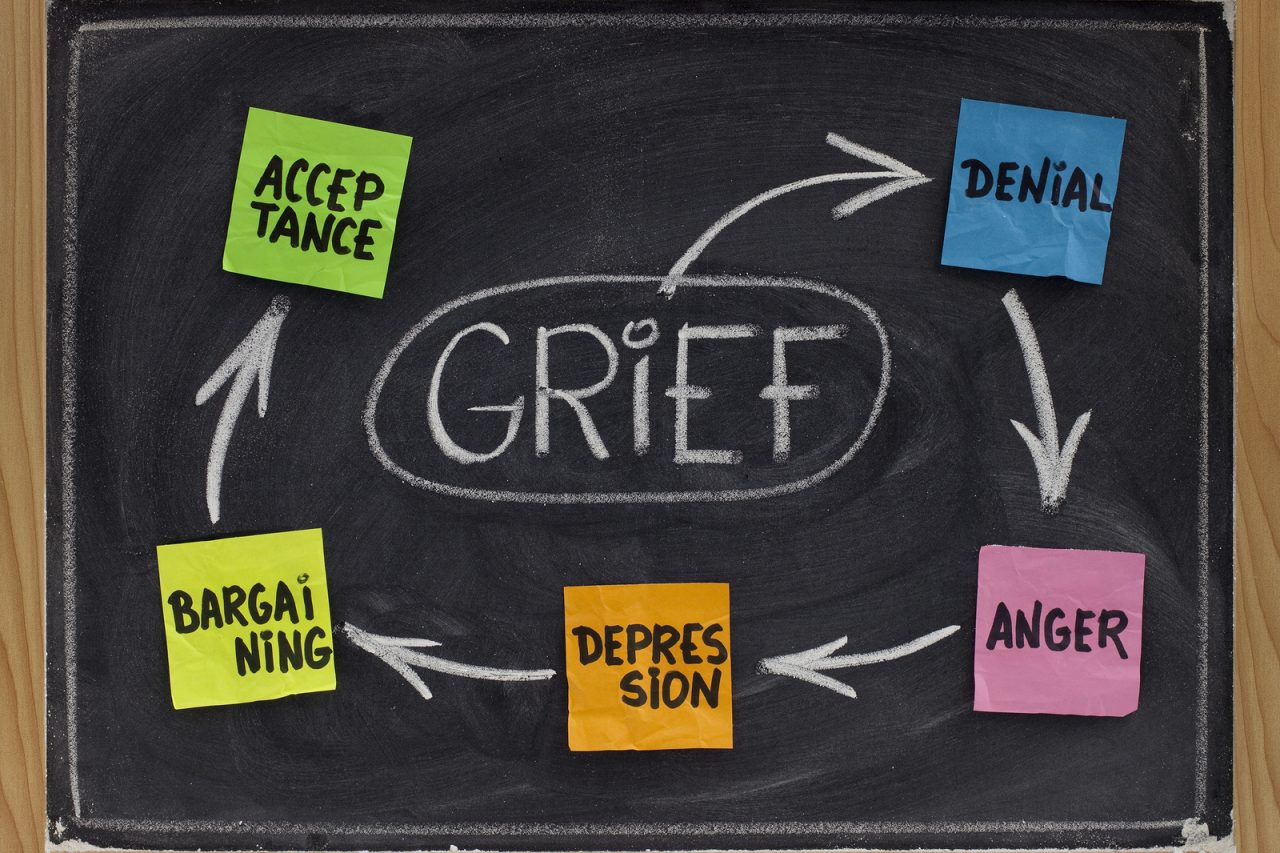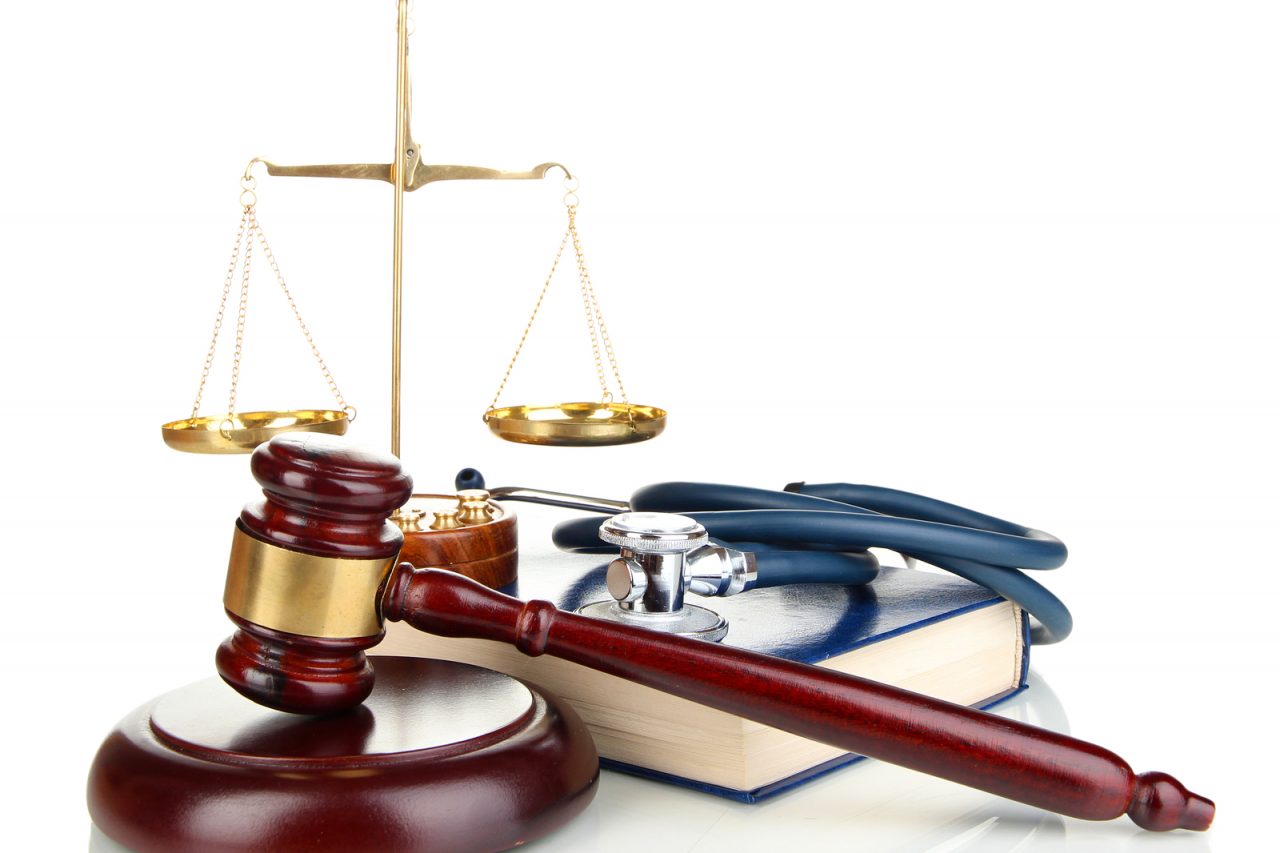It was recently pointed out that one of my partners had made an error in a patient’s electronic hospital chart. Did I want to correct the mistake? Curious, I looked at the computer screen. There in 12-point-Cambria-black-on-white was the culprit documentation. The words were:
“Our therapy goal is palliative. Prognosis is good.”
Now, this was clearly not what the author had intended. In common practice when someone is so sick that we are focusing on purely palliative ends, comfort care, it means that the patient’s prognosis is limited, bad, even grim. Generally, if the prognosis is “good,” we have more lofty goals than just quality of life.
Nonetheless, it occurs to me that it is a matter of definition; what do we mean by “prognosis?” For most of us, it means the likelihood of healing, rebuilding or cure. A bad prognosis means there is little chance for recovery. Someone with a good or excellent prognosis is probably going to get better. Does this really make sense? What if “good” meant something else?
Pro – no – sis: the likely course of a disease or ailment. A forecast of the course of a disease, ailment or situation. Origin: pro = before + gignoskein = know. To this we add the judgment; good, bad or even terminal.
However, what if we start with the basic idea that all life ends, that even the most excellent prognosis is terminal? What if we also accept that disease is a natural life event? Then something absolute, such as death, is not good or bad. It simply is. Can one have a “good prognosis” even while actively dying?
Joe and Jim both have prostate cancer. Their cancers are growing despite treatment and both have three months to live. Most of us would say, “They have a bad prognosis.” Joe receives the benefits of a sophisticated pain regimen, nursing support, a robust family system and first-rate hospice care. Jim is poorly connected to caregivers, uninsured, has limited access to food, let alone pain medications, and lives alone in a substandard, poorly heated, apartment. Do these men have the same “prognosis?”
Their prognosis, “likely course of their ailment,” is quite different. Joe may be able to stay at home with his family, his pain in control and perhaps enjoy social events and support. Jim will be alone, probably ending up on a hard gurney in a crowded, noisy late night emergency room with limited palliative care, likely in continuous pain, poorly ambulatory with bed sores down to bone and will not able to enjoy a single meal, let alone a holiday repast. Joe has a “good prognosis.” Jim, not so much.
We cannot change the final infinite prognosis. Death is not the enemy. Sometimes not even disease. Suffering is the ultimate evil. Therefore, prognosis is not just about length of life or therapeutic result, but about quality of life. If we always define life as a fight against illness and time, we will not be able to optimize final planning or care. If we set our goals to achieve the best in life, realizing that “good” means more than “heal” or “recover,” we make possible precious quality time, even at life’s end.







10 Comments